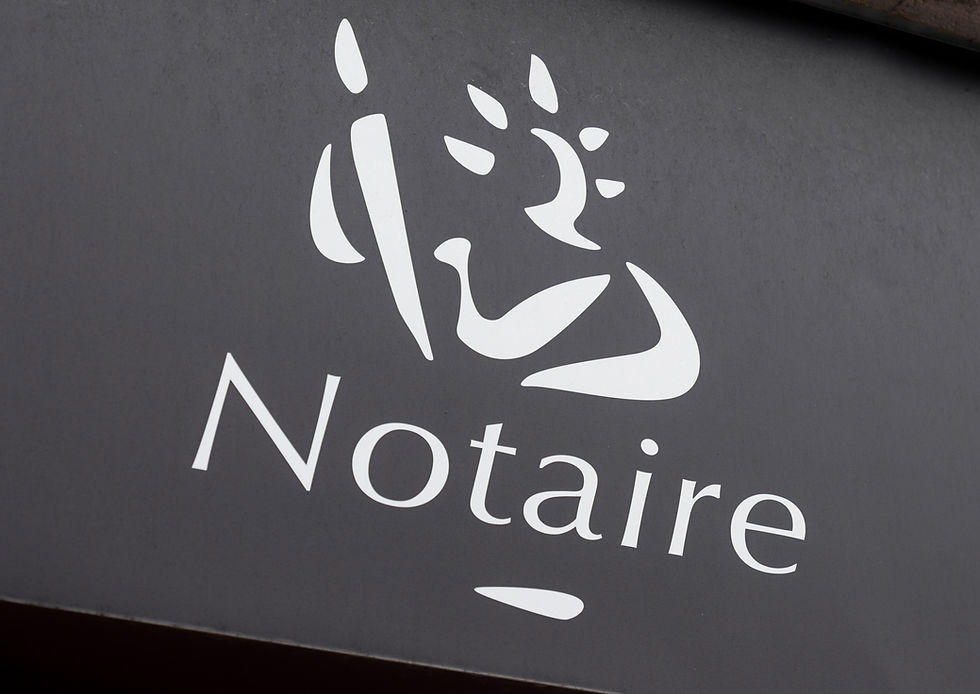ACA Compliance - 2019: Q & A.
- Sivonnia DeBarros, Esq.

- Jul 1, 2019
- 4 min read
As you know, the Trump Administration has worked to weaken and repeal the Affordable Care Act (ACA). In fact, in 2017 the Administration provided Tax Cuts And Jobs Act (TCJA), which repealed the ACA’s individual mandate that requires all Americans to have health insurance or pay a penalty which went into effect starting in January 2019.
Following passage of the TCJA, the Administration and many of Trump's supporters have vowed that they have in fact repealed the ACA. But, this is not true. Yes, the individual mandate was repealed by the TCJA, but the new tax law did nothing to effect the ACA’s mandate which requires employers to provide adequate and affordable health insurance to their employees.
Given the above, you may be confused about what you are required to do. To help clear up any confusion, we’ll discuss the major issues you need to know to comply with the ACA in 2019 and beyond.
Which employers are subject to the ACA’s mandate?
1. Employ 50 or more Full-Time Employees
2. Full-time meaning more than 50 during six months or more of 2018.
3. Failure to provide ACA compliant health insurance to employees and their families will result in high penalties from the IRS.
If you have less than 50 full-time employees, you are NOT subject to the mandate and not legally required to offer health insurance coverage.
IRS reporting requirements for employers subject to the ACA mandate:
1. Prove you offered ACA-compliant health insurance to your full-time employees. You can accomplish that by issuing form 1095-C to each affected employee and by sending completed copies of those forms, along with a 1094-C, to the IRS.
2. Update and issue the forms each year and filed by the following deadlines:
January 31: Distribute 1095-Cs to employees
February 28: Mail completed 1094-C to the IRS (or by March 31 if e-filed)
April 1: E-file the 1094-C with the IRS (required for those with over 250 employees)
The penalties for non-compliance with the employer mandate:
Penalties will result if you a) fail to comply, b) fail to comply on time, or c) fail to properly document your compliance.
The three different penalties for non-compliance: 1) Sledgehammer, 2) tack-hammer, and 3) non-filing.
1. The sledgehammer penalty: This penalty is imposed if you fail to offer any insurance coverage at all. You will be required to pay $2,500 per year for each full-time employee (minus the first 30 full-time employees). This calculates to $208.33 per month per full-time employee.
2. Tack-Hammer penalty. This penalty is lesser and applies if you offer insurance coverage, but fails to meet the ACA’s standards for quality or affordability. You will be required to pay $3,750 for each full-time employee (minus the first 30 full-time employees) who obtains a subsidy on an ACA exchange. This averages around $312.50 per month per eligible employee.
Like most general rules, the tack-hammer penalty offers an exception: the total amount you pay must not exceed the amount you would’ve paid for offering no coverage at all. This gives you a financial incentive to offer at least some type of minimal healthcare coverage.
3. The non-filing penalty: applies if you fail to properly document your compliance with the IRS. When you fail to file the annual 1095-C and 1094-C forms, you’ll face a minimum fine of $540 per eligible employee.
Regardless of any rumors about not enforcement of this, the IRS has clearly indicated it will enforce all employer-mandate requirements.
What if I’m not subject to the employer mandate, but still want to offer health insurance to my employees?
If you have fewer than 50 full-time employees, you can qualify for the Small Business Health Care Tax Credit (equal to 50 percent of the premiums you pay) if you offer group health insurance to your full-time employees and meet each of the following criteria:
● have 25 full-time employees or less.
● paid employees average annual wages of $53,400 or less in 2018.
● pay at least 50 percent of the annual premiums for employees’ health insurance.
● purchase the group policy through the Small Business Health Options Program (SHOP) marketplace.
If you’re eligible for the small business tax credit, you don't have to wait for an Open Enrollment Period—you can simply start offering SHOP coverage to your employees at any time of year.
SLD can help
With the 2018 tax season now behind us, it’s time to start planning for 2019 and each year thereafter. Whether your business is mandated to comply with the ACA or not, and you want to take advantage of the Health Care Tax Credit by offering group health insurance to your team, SLD can help.
As your Business Lawyer, we can assist and support you in navigating the ACA’s tax requirements and administrative challenges. Contact us today to learn more.
===========================================================
This article is a service of SL DeBarros Law Firm, LLC, a Business Lawyer. We offer a wide array of business legal services and can help you make the wisest business choices throughout life and in the event of your death. We also offer a Business Protection Start-Up Session or a Business Planning Audit for an ongoing business, which includes a review of all the legal, financial, and tax systems you need for your business. Call us today to schedule.
Recent Posts
See AllStarting a business is a daunting task for any entrepreneur. One of the crucial decisions that they need to make is choosing the right...
































Comments